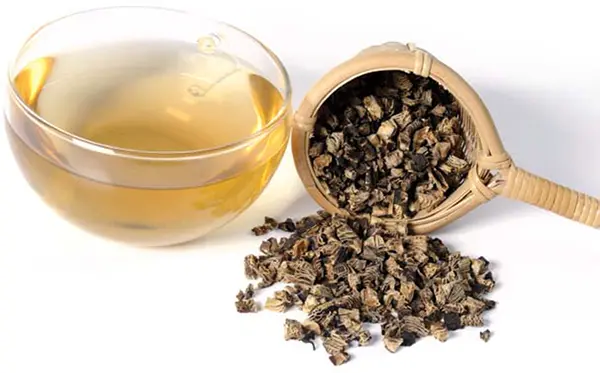
Uncovering the Origins
Black Cohosh (Actaea racemosa) is a member of the buttercup family, known for its tall, white flowering racemes. This perennial plant is native to North America, flourishing in woodland areas. It’s also known as black snakeroot, referencing its snakebite remedy use, and black bugbane for its insect-repelling properties. Blue cohosh is a related plant with similar uses.
Historical Significance and Lore
Black Cohosh has been used by Native Americans for centuries to treat gynecological issues, kidney problems, headaches, and depression. In the 19th century, it was a home remedy in America for rheumatism, fever, and menstrual induction.
Healing Uses
Containing compounds with estrogenic activity, Black Cohosh is effective in treating menopause symptoms like hot flashes, night sweats, and vaginal dryness. It’s often an alternative to hormone replacement therapy. Additionally, it alleviates premenstrual tension and cramps and is used for skin conditions, rheumatism, lung problems, and neurological issues.
Magical Uses
This herb serves as a protective element. Sprinkling it around the home, burning as incense, or using tea as a floor wash wards off evil and negativity. Carrying Black Cohosh boosts courage, faith, and determination, and in sachets, it nurtures love.
Personal and Spiritual Growth
Black Cohosh aids in transformation, symbolizing the transition from darkness (its black roots) to a bright future (its white flowers). It helps release old attachments, fostering confidence in new life phases. Added to bathwater, it enhances courage.
